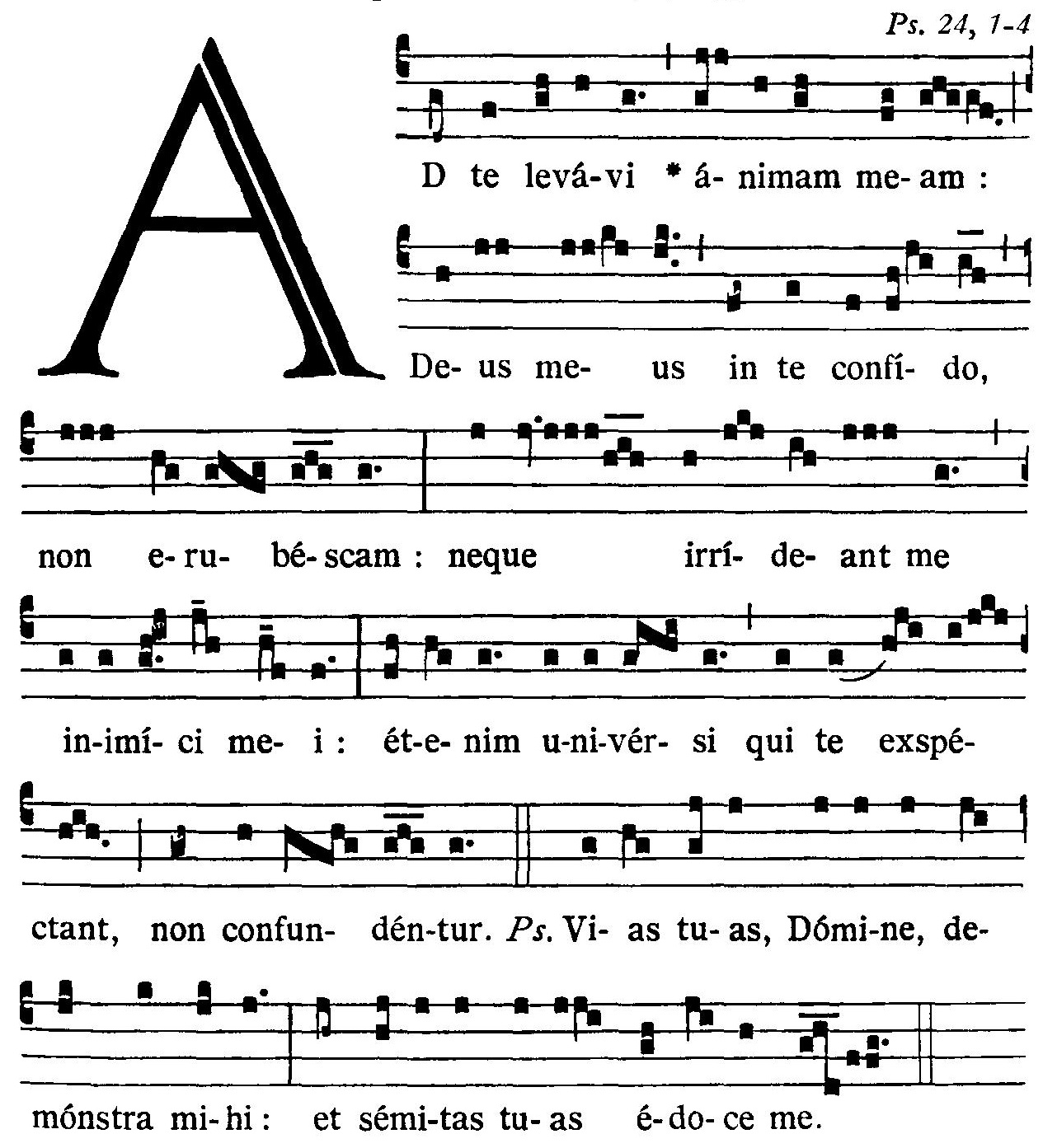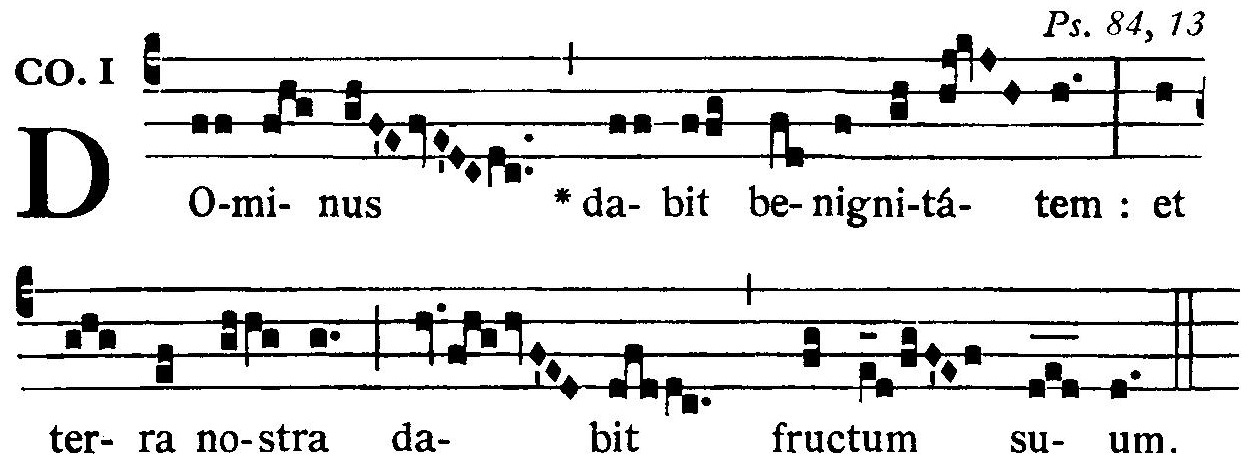If you want to publish on this site, even anonymously, your thoughts on some topics discussed here, send them to us! They will help to reinforce the motivations of those who wish to celebrate the Holy Mass according to the true intentions of the Second Vatican Council.
Cercansi contributi
Se volete pubblicare su questo sito, anche in forma anonima, le vostre riflessioni su alcuni temi qui trattati, inviatecele! Contribuiranno a rafforzare le motivazioni di chi desidera celebrare la santa Messa secondo le vere intenzioni del Concilio Vaticano II.
Conoscete…? / Do you know…?
Conoscete qualche parrocchia in cui si celebra, almeno in qualche occasione, la s. Messa in forma ordinaria (Novus Ordo) in latino? Ad orientem? Con accompagnamento in canto Gregoriano? Con la distribuzione della santa Comunione sulla lingua e/o in ginocchio? Fatecelo sapere!
Do you know any parishes where the ordinary form (Novus Ordo) Mass is celebrated – at least on some occasions – in Latin? Ad orientem? With accompaniment in Gregorian chant? With the distribution of Holy Communion on the tongue and / or kneeling? Let us know!
Offertoriale
Download Offertoriale sive Versus Offertoriorum. Cantus Gregoriani in PDF.
From The Glorificamus Society website:
How to do the Offertory Chants?
This is one way: the more complicated, but authentic.
This exceedingly rare book appeared in 1935 to provide the complete offertory verses for the Offertory chant in the Roman Rite of Mass.
Note that these are not Psalm tones but thoroughly composed chants that add a beautiful dimension to the chant at this point in Mass.
It is a much-valued addition to the CMAA‘s liturgical library, applicable to the Ordinary and Extraordinary forms.
Come eseguire i canti per l’Offertorio?
Questo è un modo: il più complicato, ma autentico.
Questo libro rarissimo fu pubblicato nel 1935 per fornire i versetti offertoriali completi per il canto dell’Offertorio nel Rito Romano della Messa.
Notate che questi non sono toni salmodici ma canti espressamente composti che aggiungono una mirabile dimensione al canto a questo punto della Messa.
Si tratta di un’aggiunta di grande valore alla biblioteca liturgica della CMAA, applicabile sia alla forma Ordinaria sia alla forma Straordinaria.
The Glorificamus Society for the Renewal of Catholic Liturgy
An interesting site: http://glorificamus.blogspot.com/
The Glorificamus Society seeks to answer the call of His Holiness Pope Emeritus Benedict XVI (both as Pope and cardinal) for a return to a greater sense of reverence, mystery, beauty and sacredness in the celebration of Holy Mass. In the Ordinary/Modern Form of the one Roman Rite (the Novus Ordo), we implement the Church’s teaching about Latin, Gregorian chant and “ad orientem” posture, promoting the celebration of the Catholic Mass in a way that more closely follows the teachings of the Second Vatican Council in its document Sacrosanctum Concilium.
Dominica I Adventus – 2 Dec 2018
Ant. ad introitum Cf. Ps 24, 1-3
Ad te levávi ánimam meam,
Deus meus, in te confído, non erubéscam.
Neque irrídeant me inimíci mei,
étenim univérsi qui te exspéctant non confundéntur.
Non dicitur Glória in excélsis.
Collecta
Da, quǽsumus, omnípotens Deus,
hanc tuis fidélibus voluntátem,
ut, Christo tuo veniénti iustis opéribus occurréntes,
eius déxteræ sociáti, regnum mereántur possidére cæléste.
Per Dóminum.
Dicitur Credo.
Super oblata
Súscipe, quǽsumus, Dómine, múnera
quæ de tuis offérimus colláta benefíciis,
et, quod nostræ devotióni concédis éffici temporáli,
tuæ nobis fiat prǽmium redemptiónis ætérnæ.
Per Christum.
Ant. ad communionem Ps 84, 13
Dóminus dabit benignitátem,
et terra nostra dabit fructum suum.
Post communionem
Prosint nobis, quǽsumus, Dómine, frequentáta mystéria,
quibus nos, inter prætereúntia ambulántes,
iam nunc instítuis amáre cæléstia et inhærére mansúris.
Per Christum.
Adhiberi potest formula benedictionis sollemnis.
© Copyright – Libreria Editrice Vaticana
Messalino in PDF con letture in lingua italiana (da stampare su fogli A3 fronte/retro)
Missalette in PDF with readings in English (to be printed on A3 sheets, front/back)
Sung Latin Mass according to the Missale Romanum of 2002
PDF by St. Thomas Aquinas Newman Center.
Celebrating the Mass facing with the people (ad orientem) – Fr. Gary Coulter
What does the Church teach about the priest’s orientation at Mass? After the Second Vatican Council, one most evident change was the construction of freestanding altars. The celebration versus populum (towards the people) was adopted throughout the Latin Church, and it became the prevailing practice during Mass for the celebrant to stand behind the altar facing the congregation. This has led to a widespread misunderstanding that the priest’s “turning his back on the people” is characteristic of the Tridentine rite, the old Latin Mass of Pope Saint Pius V; whereas the priest’s “turning towards the people” belongs to the New Mass of Pope Paul VI. It is also widely thought that the celebration of Mass “facing the people” was required, even imposed, by the liturgical reform of Vatican II.
In reality, the Council did not even mention the issue, only an instruction afterwards said it was desirable to set up a main altar separate from the back wall, so that the priest can walk around it and a celebration facing the people is possible. Contrary to what often took place, the Church never instructed that the old high altars should be torn down, rather that a freestanding altar should be present in the sanctuary – perhaps in addition to the high altar.
Read the whole article here.
The Novus Ordo Mass in Latin – Fr. Gary Coulter
Desiring to celebrate Mass in Latin, one doesn’t have to resort only to the traditional (Tridentine) Rite. The Mass we celebrate after the conciliar reforms can also be in Latin! Here are a few resources to help priests and laity celebrate the Novus Ordo (Vatican II) Rite in Latin.
e-mail: frcoulter@yahoo.com
Our Lady of Good Counsel Retreat House
7303 N. 112th Street
Waverly, NE 68462
Books for singing the Novus Ordo Mass in Latin
For the Novus Ordo (Ordinary Form) the useful book (literally “Liber Usualis”) is the Graduale Romanum published by the Benedictine monks at Solesmes in France. This book has all the ordinary and proper chants for Mass for the whole year. It is approved by the Holy See.
For the priest at the altar, there is not only the 3rd edition of the Missale Romanum, which has musical notation for the parts that can be sung, there is another book by the monks at Solesmes called the Ordo Missae in cantu, which provides all the chants the priests needs.
Another useful little book would be the Cantus Selecti or the Cantus Sacri Selecti which has “selected chants” such as antiphons and other texts for communion time, etc.
Read the whole article on Fr. Z’s Blog.


